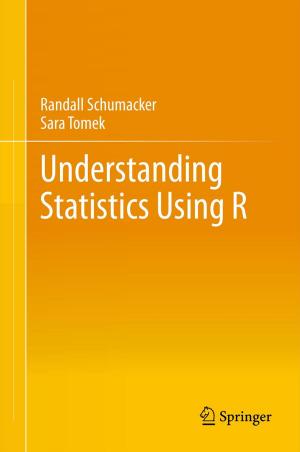PET in the Evaluation of Alzheimer's Disease and Related Disorders
Nonfiction, Health & Well Being, Medical, Medical Science, Biochemistry, Specialties, Radiology & Nuclear Medicine| Author: | ISBN: | 9780387764207 | |
| Publisher: | Springer New York | Publication: | April 14, 2011 |
| Imprint: | Springer | Language: | English |
| Author: | |
| ISBN: | 9780387764207 |
| Publisher: | Springer New York |
| Publication: | April 14, 2011 |
| Imprint: | Springer |
| Language: | English |
Among all the clinical indications for which radiologists, nuclear medicine phy- cians, neurologists, neurosurgeons, psychiatrists (and others examining disorders of the brain) order and read brain PET scans, demand is greatest for those pertaining to dementia and related disorders. This demand is driven by the sheer prevalence of those conditions, coupled with the fact that the differential diagnosis for causes of cognitive impairment is wide and often difficult to distinguish clinically. The conceptual framework by which evaluation and management of dementia is guided has evolved considerably during the last decade. Although we still are far from having ideal tests or dramatic cures for any of the established causes of dementia, our options have expanded with respect to both the diagnostic and the- peutic tools now available. In the first chapter of this book, the contribution and limitations of different elements of the clinical examination for diagnosis of cog- tive symptoms are described, and the roles of structural and functional neuroim- ing in the clinical workup are given context.
Among all the clinical indications for which radiologists, nuclear medicine phy- cians, neurologists, neurosurgeons, psychiatrists (and others examining disorders of the brain) order and read brain PET scans, demand is greatest for those pertaining to dementia and related disorders. This demand is driven by the sheer prevalence of those conditions, coupled with the fact that the differential diagnosis for causes of cognitive impairment is wide and often difficult to distinguish clinically. The conceptual framework by which evaluation and management of dementia is guided has evolved considerably during the last decade. Although we still are far from having ideal tests or dramatic cures for any of the established causes of dementia, our options have expanded with respect to both the diagnostic and the- peutic tools now available. In the first chapter of this book, the contribution and limitations of different elements of the clinical examination for diagnosis of cog- tive symptoms are described, and the roles of structural and functional neuroim- ing in the clinical workup are given context.















